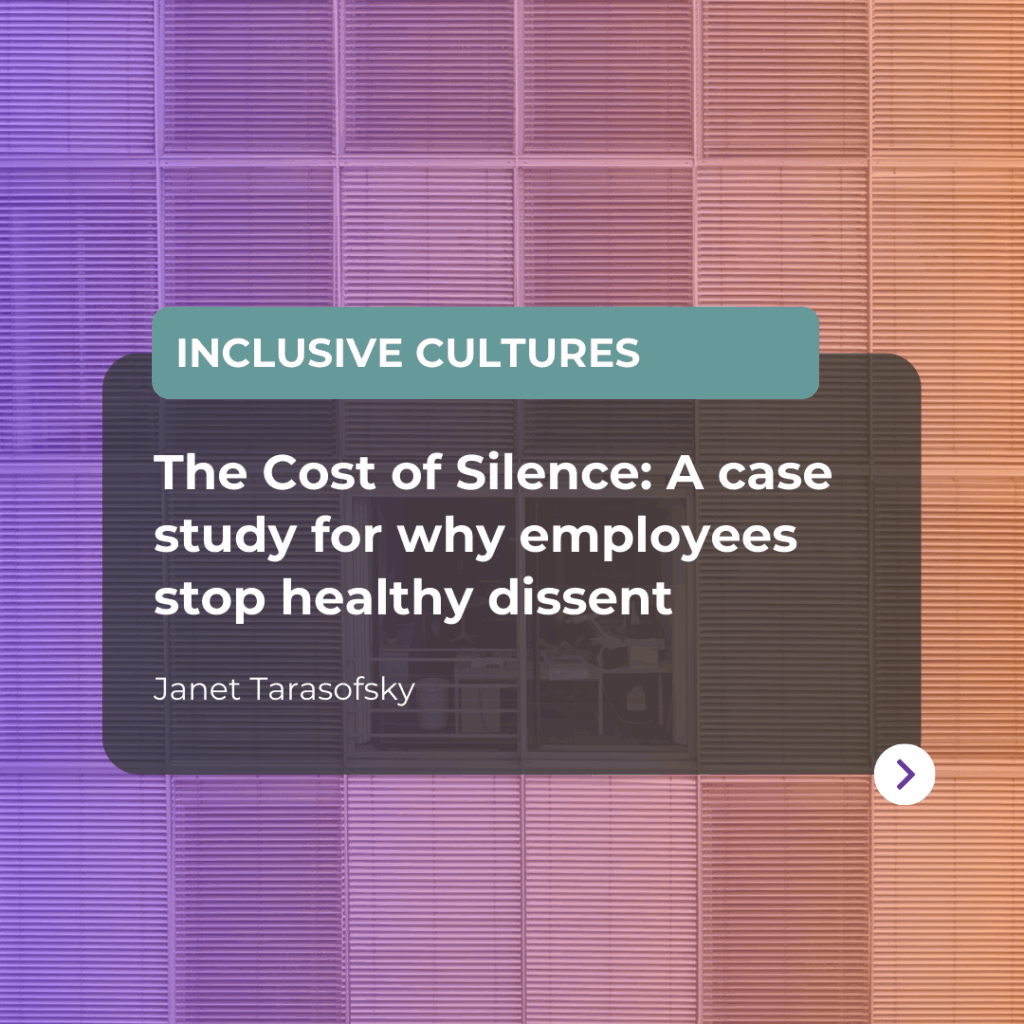An amendment to the Equality Act (2010) comes into effect next month, introducing a new positive legal obligation on employers to take reasonable steps to protect their workers from sexual harassment.
With October fast approaching, we’re reviewing this new law, the Worker Protection (Amendment to the Equality Act) Act 2023, in more detail to understand its implications for employers.
What is the Worker Protection Act 2023?
The UK Government passed the Worker Protection Act 2023 into law in October 2023. It will come into effect on October 26th, 2024, and place a new duty on organisations to prevent the sexual harassment of their employees.
The law is an amendment to the Equality Act (2010), and the exact wording of the law is as below, under section 40A:
Employer duty to prevent sexual harassment of employees.
(1) An employer (A) must take reasonable steps to prevent sexual harassment of employees of A in the course of their employment.
(2) “Sexual harassment” in subsection (1) means harassment of the kind described in section 26(2) (unwanted conduct of a sexual nature).
(3) A contravention of subsection (1) (or a contravention of section 111 or 112 that relates to a contravention of subsection (1)) is enforceable as an unlawful act under Part 1 of the Equality Act 2006 (and, by virtue of section 120(8) and (9), is enforceable only by the Commission under that Part or by an employment tribunal in accordance with section 124A (compensation uplift in employee sexual harassment cases)).”
What exactly does this mean for employers?
Under the Worker Protection Act 2023, employers must take reasonable steps to prevent sexual harassment in the workplace.
Perhaps a little vague, the key words to note here are ‘reasonable steps’ and ‘prevent’.
- Employers must essentially prove they are proactively working to prevent sexual harassment of their employees.
- Failure to do so means that the Equality and Human Rights Commission (EHRC) will have the power to take enforcement action against the employer.
- Employment tribunals will have the power to increase compensation by up to 25% if they find an employer has breached this duty.
- Reasonable steps proposed by the EHRC include a combination of preventative measures, regular training and risk assessments.
What should employers do to comply with the Worker Protection Act?
We asked Paul Stokey, Partner and Head of the National Employment Team at Shoosmiths LLP, to share a legal perspective on the Worker Protection Act:
“The new Act places a positive duty on employers to take reasonable steps to prevent sexual harassment of their employees. Where an employee brings a successful claim for sexual harassment in the employment tribunal in circumstances where the employer has failed to take the necessary reasonable steps, any award of compensation can be increased by up to 25%, meaning that there is significant financial as well as reputational risk for employers that do not comply with the new duty.
It is an anticipatory duty, so employers should not wait for sexual harassment to happen before taking action. Rather, employers need to carry out a risk assessment and regular staff surveys to identify scenarios in which employees may be subject to sexual harassment at work and implement reasonable steps to prevent that from happening.
The Equality and Human Rights Commission (EHRC) is updating its Code of Practice and technical guidance to assist employers in identifying reasonable steps to take, which will depend on their size, resources, and the particular industry in which they operate.
Such steps are likely to include:
- Having a clear and regularly updated policy explicitly dealing with sexual harassment
- Providing mandatory training for all staff on what amounts to sexual harassment and the expected standards of behaviour at work
- Training for managers on how to handle complaints
- Ensuring there are effective reporting mechanisms in place
- Having a clear process for investigating complaints and taking any necessary action.”
How the Worker Protection Act may be strengthened further
Paul also noted that there may yet be more changes to come under the new government to strengthen the new law:
“Employers should also be mindful that, in its ‘Plan to Make Work Pay’, the current government committed to strengthening the legal duty for employers to take all reasonable steps to stop sexual harassment before it starts. This duty would also require employers to create and maintain workplaces and working conditions free from harassment, including by third parties. Employers should, therefore, be prepared for further developments in this area.”
Key recommendations
The Worker Protection Act comes into effect on October 26th, 2024, meaning that employers must be able to show they are taking a proactive approach to sexual harassment in the workplace from this date.
In line with the likely requirements under the Code of Practice and advice shared by organisations such as the CIPD, employers should:
- Review and update any existing policy (or ensure one is in place) that explicitly addresses sexual harassment at work and is effectively communicated to all employees.
- Provide training for all staff to ensure they can recognise sexual harassment and other inappropriate behaviour in the workplace, understand what is expected of them and how they can take action to prevent it.
- Ensure all staff are aware of reporting policies and procedures and train people managers on how to manage such complaints.
- Review and promote current organisational culture, ensure senior leaders lead by example, uphold organisational values and set the tone for an inclusive workplace, clearly defining what is and isn’t acceptable behaviour.
How Pearn Kandola can help
Pearn Kandola’s Bullying & Harassment and Active Bystander programmes can upskill employees on the new duty to prevent sexual harassment in the workplace.
We will work with you to ensure participants know what sexual harassment (and other inappropriate behaviour) looks like in the workplace, the role they have to play in preventing it, and how to deal with it effectively.
Contact us via the form below for further information.






